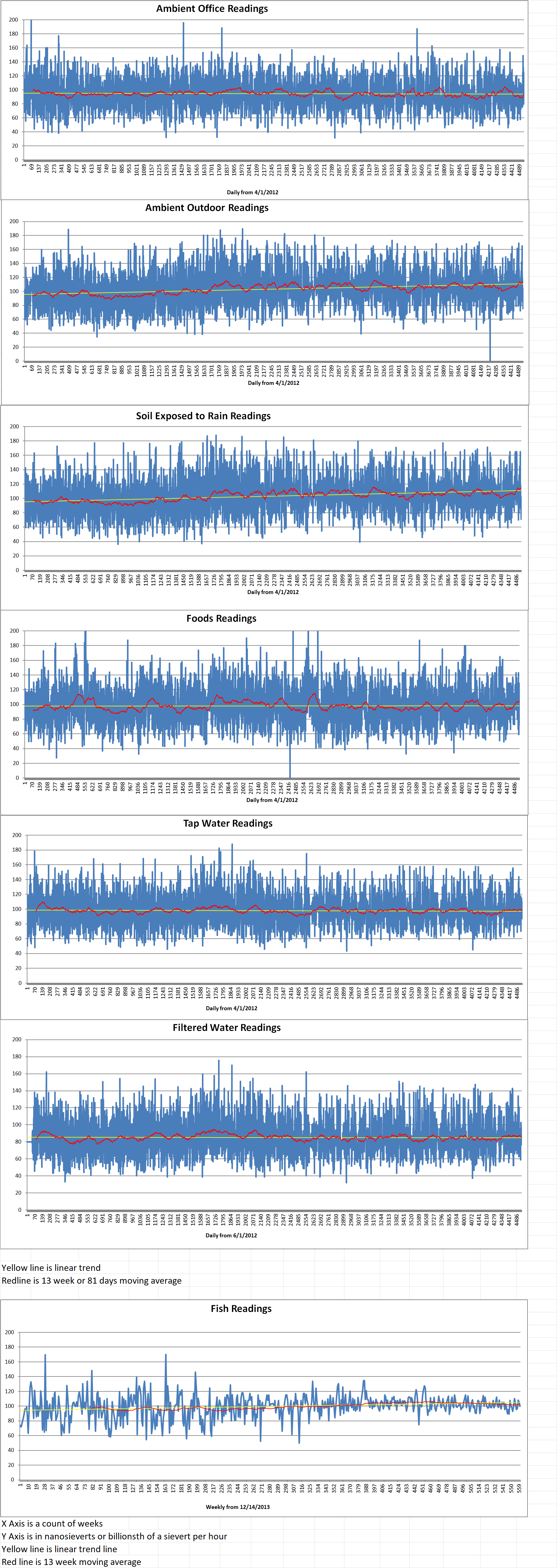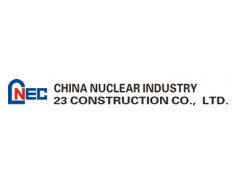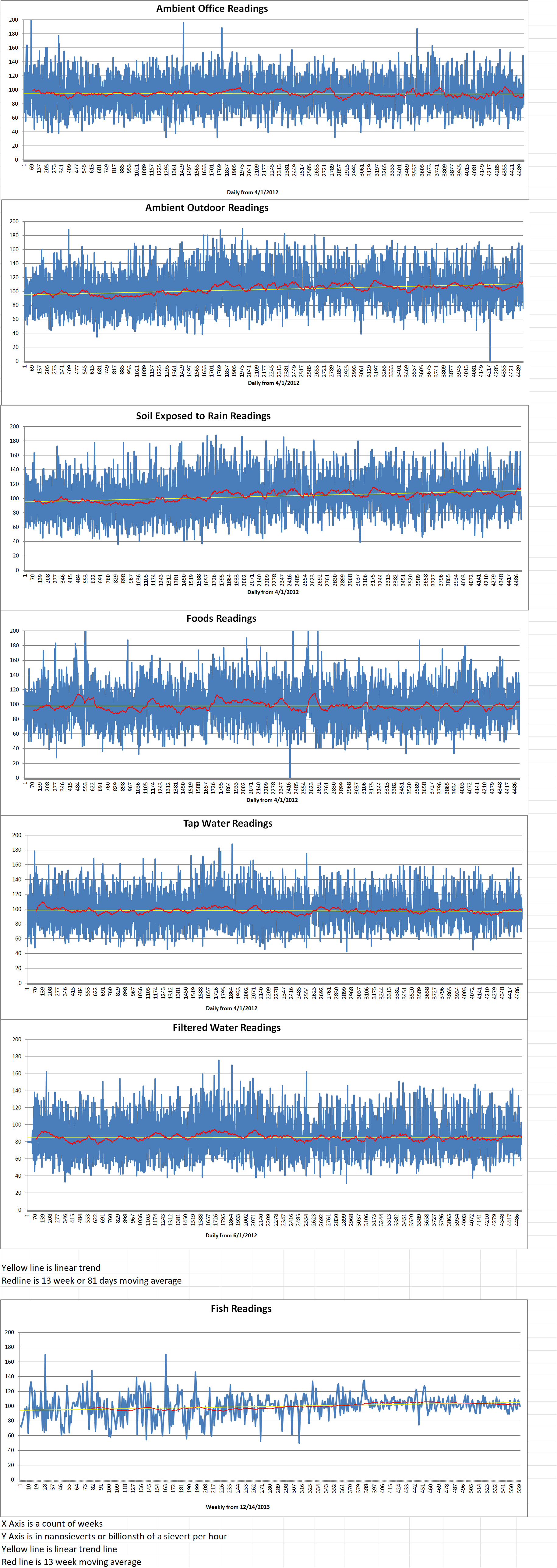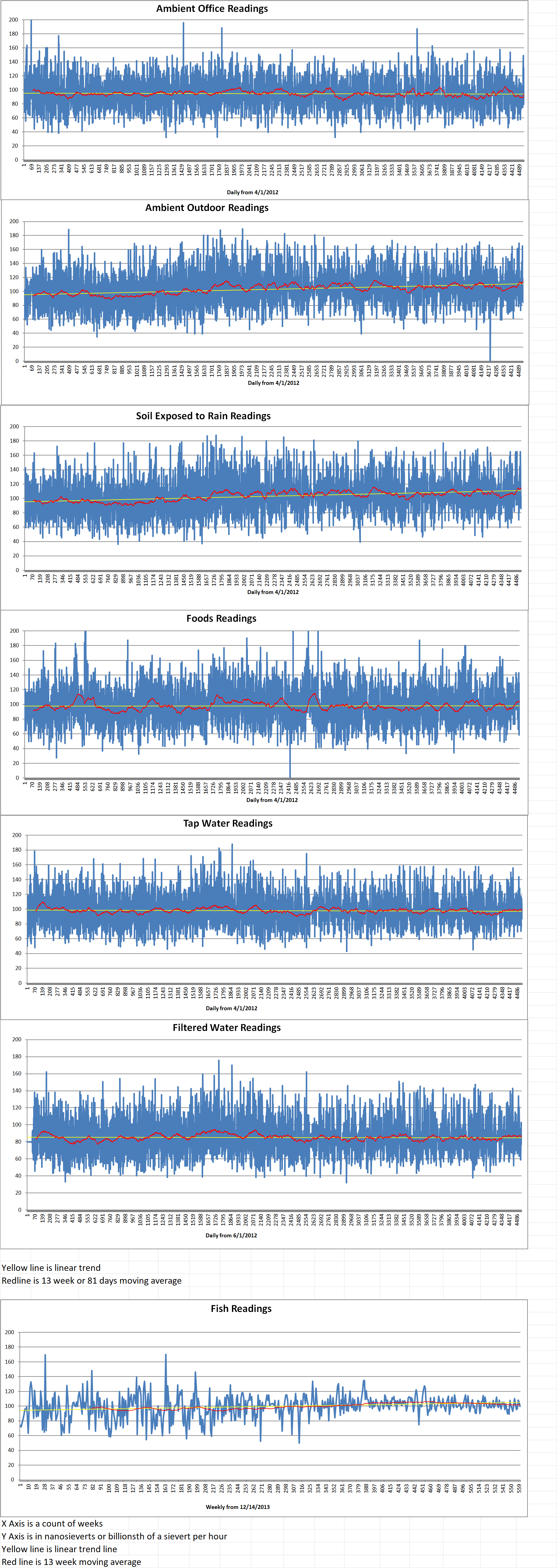China is going to construct the world’s first fusion-fission hybrid power plant, a revolutionary step in nuclear energy. The facility, known as the Xinghuo high-temperature superconducting reactor, is designed to generate one hundred megawatts of continuous electricity and connect to the grid by the end of the decade. The plant will be constructed on Yaohu Science Island, which is located in the hi-tech zone of Nanchang, Jiangxi province.
The two billion seven hundred- and six million-dollar project has officially entered its first phase. A public tender has been issued for an environmental impact statement, according to zbytb.com, a Chinese procurement and bidding platform. The environmental impact report will consider factors such as air, water, noise, and ecology. It will also contain risk assessments, pollution control strategies, and long-term monitoring plans. The project’s name is Xinghuo which means “spark”. It is inspired by a quote from Mao Zedong: “A single spark can start a prairie fire.”
The Xinghuo reactor is a joint venture between the state-owned China Nuclear Industry 23 Construction Corporation and Lianovation Superconductor. This was reported by the South China Morning Post (SCMP).
Lianovation is a spin-off of Lianovation Optoelectronics which is a company based in Jiangxi province. Jiangxi is famous for its abundant copper resources, a crucial material in superconducting technology.
According to a 2023 collaboration agreement, the Xinghuo reactor is designed for an energy gain factor (Q value) of more than thirty. This Q value measures the ratio of thermal power output to the energy input required to heat the plasma in a fusion reaction.
The International Thermonuclear Experimental Reactor (ITER) in France aims for a Q value above ten. The US National Ignition Facility achieved a Q value of one and a half in 2022, meaning the energy output was one and a half times greater than the input.
Fusion is the same process that powers our Sun, where light atomic nuclei, such as hydrogen, fuse to release energy. Fission splits heavy atomic nuclei like uranium to generate power which is an approach currently used in commercial nuclear power plants.
Unlike pure fusion projects such as ITER, Xinghuo will combine fusion and fission processes. The high-energy neutrons generated by fusion reactions will trigger fission in surrounding materials which increases the energy output while potentially reducing nuclear waste.
The timeline for Xinghuo’s construction has not been disclosed. However, its environmental impact statement is expected to be completed by the end of this year.
A 2021 development plan from Jiangxi province established a goal for the demonstration and application of the hybrid project by 2030. Lianovation Superconductor stated in 2023 that the one hundred-megawatt hybrid facility could be completed within six years.
If China is able to complete the hybrid plant on schedule, it will be a major breakthrough. The country would be years ahead of other fusion-fission and pure fusion projects worldwide, SCMP reported.
This development could also accelerate progress on the China Fusion Engineering Test Reactor which is a large-scale fusion-only initiative planned for Hefei, Anhui province, in the mid-2030s. The Hefei project is considered to be China’s answer to ITER.
China Nuclear Industry 23 Construction Corporation






